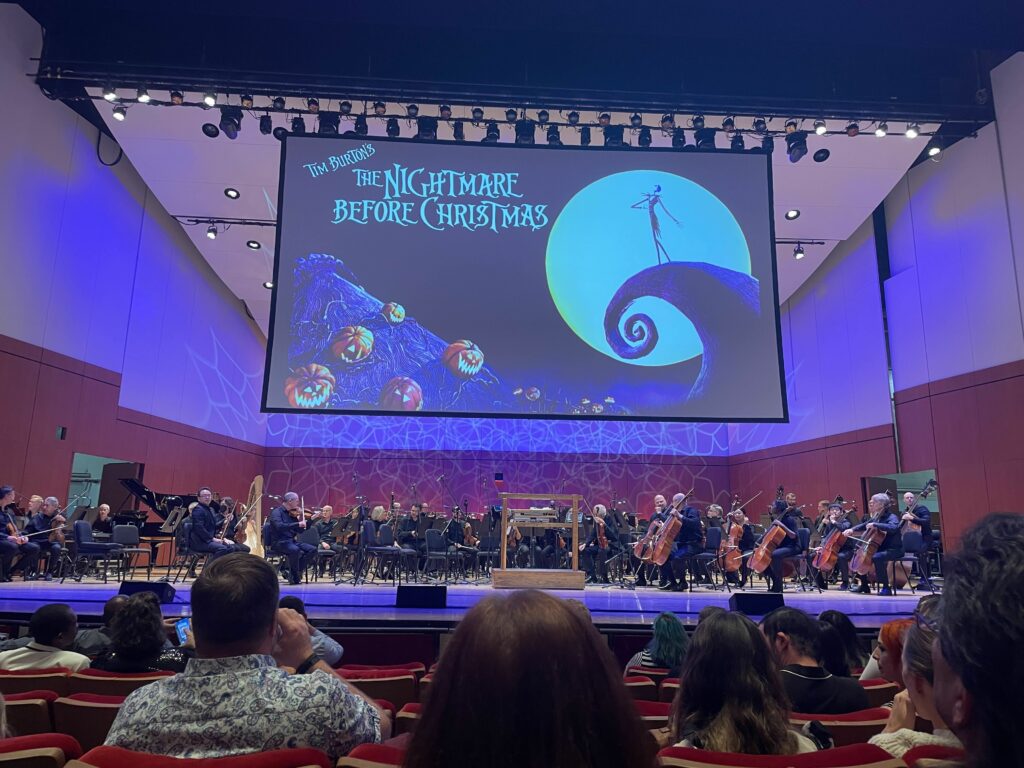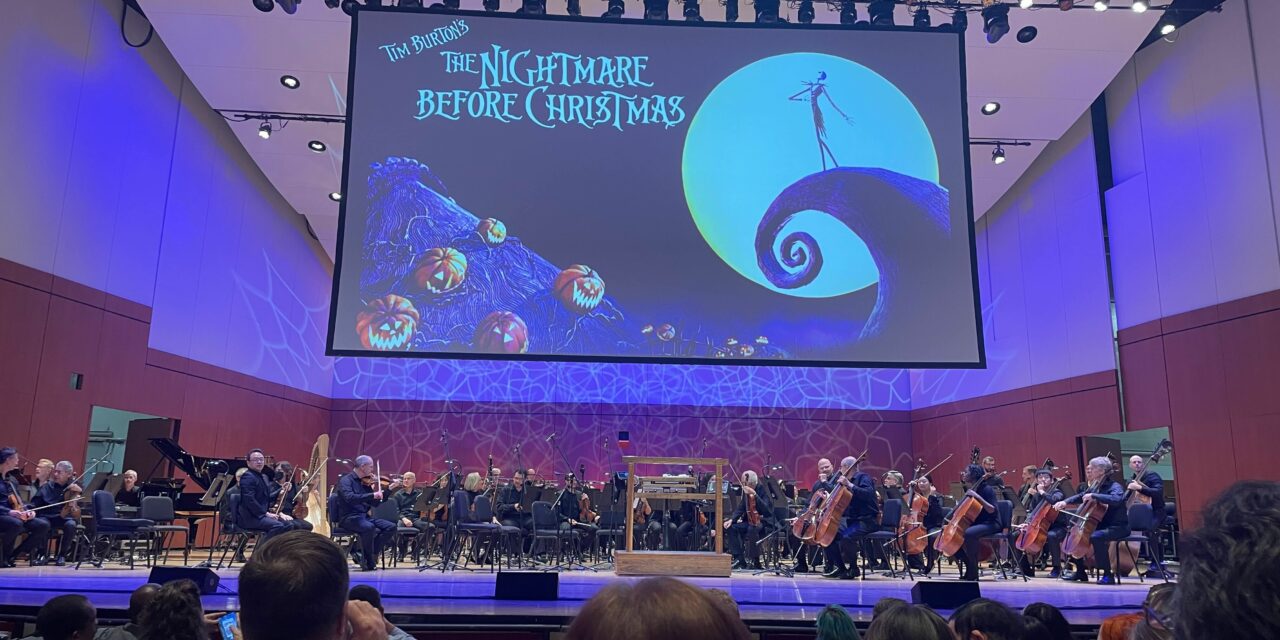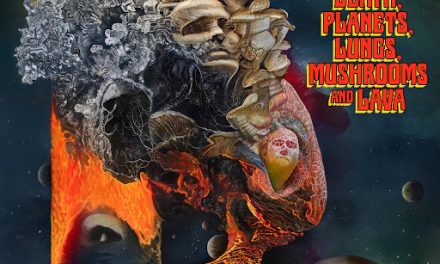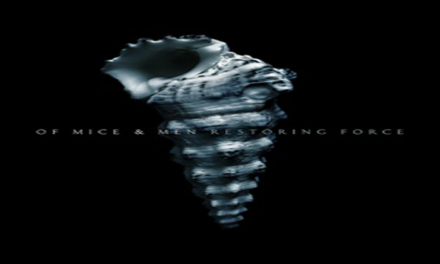
(Paige Hogan/Contributing Writer)
Atlanta Symphony Hall brimmed with Halloween spirit on Oct. 27. Cobwebs hung from the walls, children and adults alike dressed in costumes, and a white spider web pattern was projected onto the stage. As the hall lights dimmed, eerie fluorescent purple spotlights engulfed the orchestra, and conductor Thiago Tibero took the stage.
An expert in live musical synchronization to film, Tibero has many awards and honors for his scoring work, including being the first Western conductor to perform in the Great Hall of the People in Tiananmen Square in Beijing with “La La Land in Concert.” Who better to conduct the inventive and challenging score of “The Nightmare Before Christmas” (1993)?
Tim Burton created the animated film, and Danny Elfman composed the dark fantasy musical. He wrote 10 featured songs, composed the entire score and provided the singing voice for the character Jack Skellington in the original film.
In an interview with Billboard, Elfman said he drew inspiration for the scoring from Kurt Weill’s “The Threepenny Opera” (1928), as well as musical composers like Cole Porter and Rodgers and Hammerstein. Elfman added that older inspirations give the soundtrack a timeless feel.
“I wanted it to sound like it was written 50 or 100 years ago,” Elfman said.
The soundtrack garnered such success that various punk-rock bands covered all the songs in the album “Nightmare Revisited” (2008). Both albums brought the same unique sense of Halloween magic that was characteristic of the film. Thirty years later, the Atlanta Symphony Orchestra brought the magic back on stage.
The performance opened with the musically robust “Overture,” musically highlighting the prowess of the Atlanta Symphony Orchestra. The string section blended in beautifully with the commanding tone of the brass, maintaining a tonal balance between sweet and powerful. After the overture, the screen illuminated above the orchestra, and the film “The Nightmare Before Christmas” began, with the orchestra keeping pace into the iconic opening song “This is Halloween.”
The film played in time with the orchestra’s sound, with all the scoring muted and only the dialogue and singing playing. Synchronizing the orchestra with the film audio can be difficult due to playback delay. To combat this, Tibero utilized a click track which showed the conductor the tempo and important cues in the score through bright lines across the screen.
From the sharp movements of the violins to the eerie ringing of the oboe, the Atlanta Symphony Orchestra captured the uneasiness of “This is Halloween.” Tibero excelled in his dynamic conducting, seamlessly transitioning from thunderous to soft in a second. While the vocals from the film and the orchestra blended nicely, occasionally the orchestra would fall behind the film, creating minor confusion. However, this is understandable as the score changes time signatures frequently. The Atlanta Symphony Orchestra always made a quick recovery, which in itself is commendable for such difficult compositions.
The attention Tibero gave to the scoring outside of the main songs elevated the already enjoyable performance. To appreciate a score during dialogue-focused scenes can be hard, but we recognize the score even if we cannot focus on it. Without music, a scene loses its tone and its imagination, especially in such a visually creative film as “The Nightmare Before Christmas.”
From the low brass and bassoon’s deep melodies to the mysterious flute riffs to the lively trumpet licks, the score added depth to the character interactions and settings I had previously ignored. The volume balance between the film and the orchestra was perfectly set up to allow a bigger presence for the orchestra while not overpowering the film. While moments when the score overwhelmed the dialogue existed, I did not mind because the score masterfully conveyed the emotions in the script.
The tone shifted to moody and dissonant as the violins and marimba led into “Jack’s Lament.” The slowness of the strings and the explosive brass section were engaging and fit in nicely with the film. The orchestra did not miss a musical cue, and the volume of the string and woodwind section complemented the vocals from the film. Similarly, the loud brass chorus in “What’s This?” blended with the string interludes to strengthen the tonal duality of the song.
The variety of musical themes captured the essence of the film. From fear to wonderment, the instruments never overpowered each other, working in tandem to set the tone for the moment. However, it truly felt special when one section of the orchestra got the chance to stand out, as was the case in the opening of “Kidnap The Sandy Claws.” The whole stage became silent only to fill with the mystifying pizzicato notes of the string section and a satisfying harp glissando.
The whole stage became silent only to fill with the mystifying pizzicato notes of the string section and a satisfying harp glissando.
“Kidnap The Sandy Claws” had multiple solo moments in quick succession, all adding to the fun energy of the piece. With dynamic trumpet runs and a strong, yet mellow tuba sound rounding out all of the higher-pitched instruments, the many moving parts of the orchestra added an extra layer of excitement to an already fun scene. The energy only continued to grow with the transition into the jazzy “Oogie Boogie’s Song.”
One of the most iconic Disney villain songs, “Oogie Boogie’s Song” is a sinister and lively jazz piece that breaks from the more classical style of “The Nightmare Before Christmas’” soundtrack. The thundering percussion shook the stage as the clarinets roared in unison with the raucous notes of the piano. While this song is typically played with saxophones as a primary voice, instead the clarinets expertly matched the screeching riffs that give the song its jazzy character. The Atlanta Symphony Orchestra slowly crescendoed from subtle sleaziness to a vivacious uproar, resounding through the hall as the song ended with Oogie Boogie’s villainous cackle.
The string section continued to dazzle the audience with the slow, methodical rhythms in “Sally’s Song.” The consistent quietness of the orchestra in this song created a soothing and pensive tone that stood out from the rest of the score’s dynamic contrast. The beginning of “Poor Jack” recreated this tone, slowly adding in the brass and percussion sections to shift the mood into resentment and pride. The strings matched the booming volume of the brass to mirror the growing feeling of contentment in the song, working in tandem to create a truly harmonious moment on stage.
The rest of the score combined all the unique aspects of the songs prior, mixing the jazziness of “Oogie Boogie’s Song” and the heart-racing thrill of “What’s This?” to create an exciting climax to “The Nightmare Before Christmas.” The sound filled the hall and gave a thrilling, satisfying conclusion to a showcase of Tibero’s and the Atlanta Symphony Orchestra’s undeniable talents. As the lights came on, and the audience filed out, an undeniable Halloween spirit permeated the Atlanta Symphony Hall.
Paige Hogan (she/her, 27C) is from Dallas, Texas, majoring in Chemistry and minoring in Classics. Outside of the Wheel, Paige is a member of the Emory Dance Company, Emory Synergy, Outdoor Emory and Emory PAWsitive Outreach. In her free time, she enjoys drawing, hiking in Lullwater Preserve, listening to rock music and watching the latest movies and TV shows.







